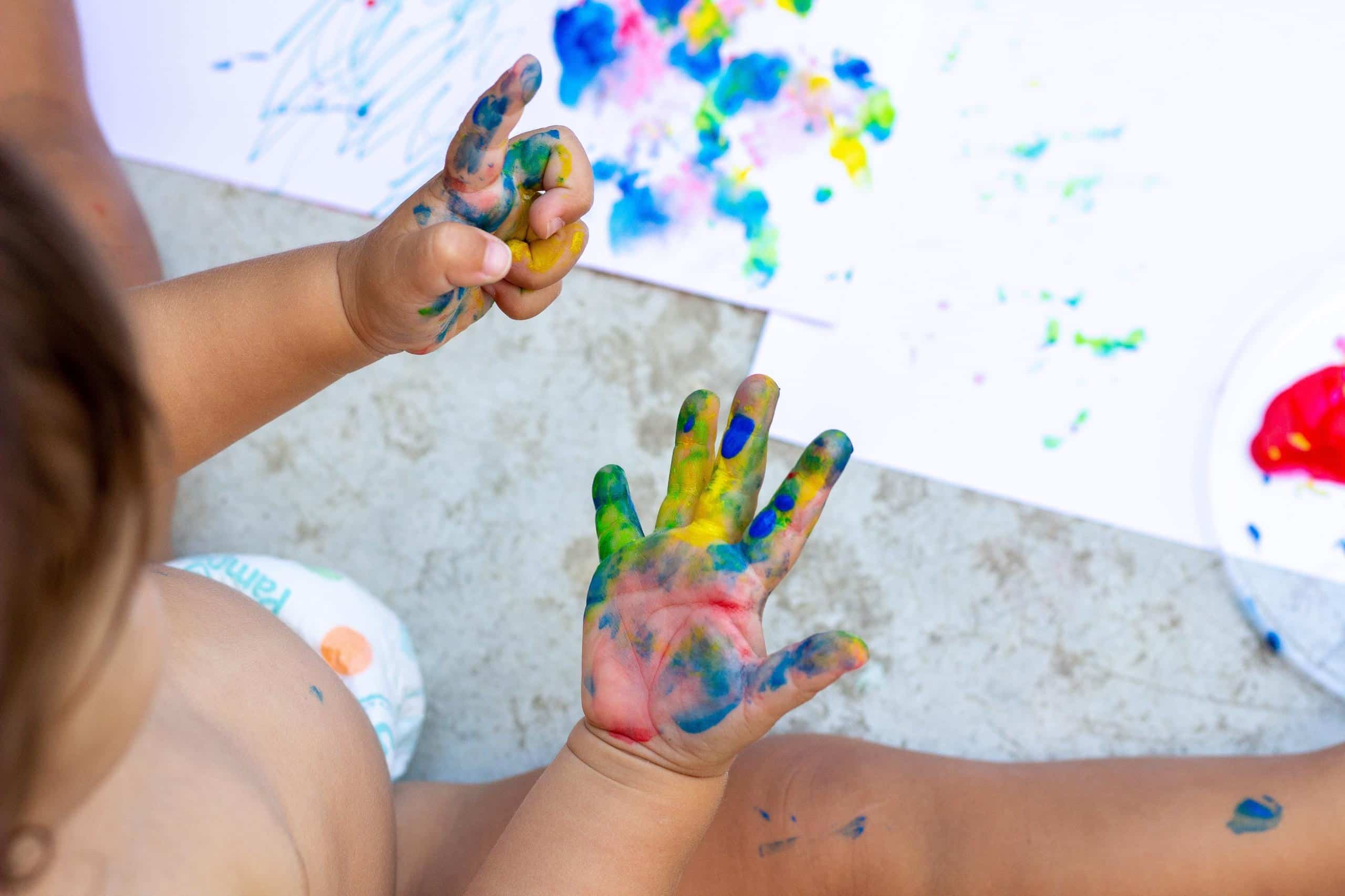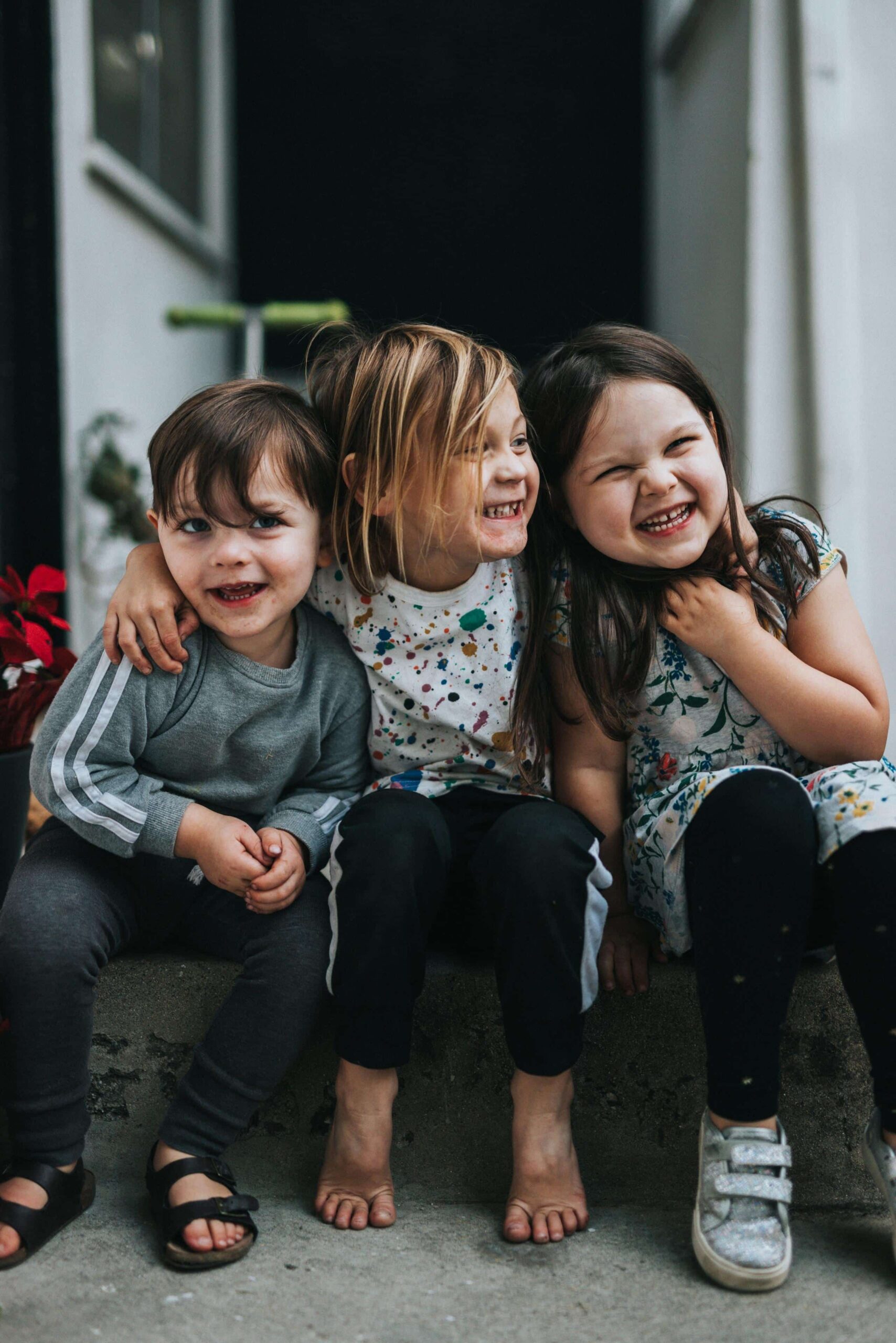
Materials Needed:
🔹Storage bin or deep baking pan
🔹Ice cubes 🧊
🔹No spill paint containers
🔹Non-toxic washable watercolor paint 🎨
🔹Paintbrushes 🖌
🔹Creativity✨
Have your child(ren) paint the ice with their brushes and different color paints 🌈 Notice what happens with the watercolors as the ice starts melting. The texture starts changing, as do the colors.
When the work of art is complete, either leave it as is, or press a piece of paper on top to make a print 🖼
Then, simply place the ice in the sink to melt. Clean up is a breeze! 🌪
Not ready for clean up yet? This activity is so easy to reuse, until it melts of course 🤣! Rinse off the ice in the sink and start all over AGAIN! 🙃

The first step as caregivers is to help children learn and recognize the different emotions. Feel all the feels in a safe environment, and make sure they know it’s a safe place!
After they can identify the different feelings, caregivers then help children learn how to cope with these emotions in a healthy way.
Building an environment where emotions are discussed regularly, allows children to feel more comfortable turning to their caregivers when they are having trouble coping with particular feelings.
Here are 7️⃣ tips to encourage emotionally healthy children.
1. Talk about emotions daily.
2. Recognize your child's emotions and respond compassionately.
3. Model healthy responses to your own emotions.
4. Help build a "toolkit" of healthy responses when hard emotions strike.
5. Incorporate mindfulness activities into your routine.
6. Provide experiences to learn and grow.
7. Work to foster empathy and compassion for others.
What are ways you discuss emotions with children? We’d love to hear from you below in the comments👇🏼
Email us, we will get back to you shortly!
Email us, we will get back to you shortly!